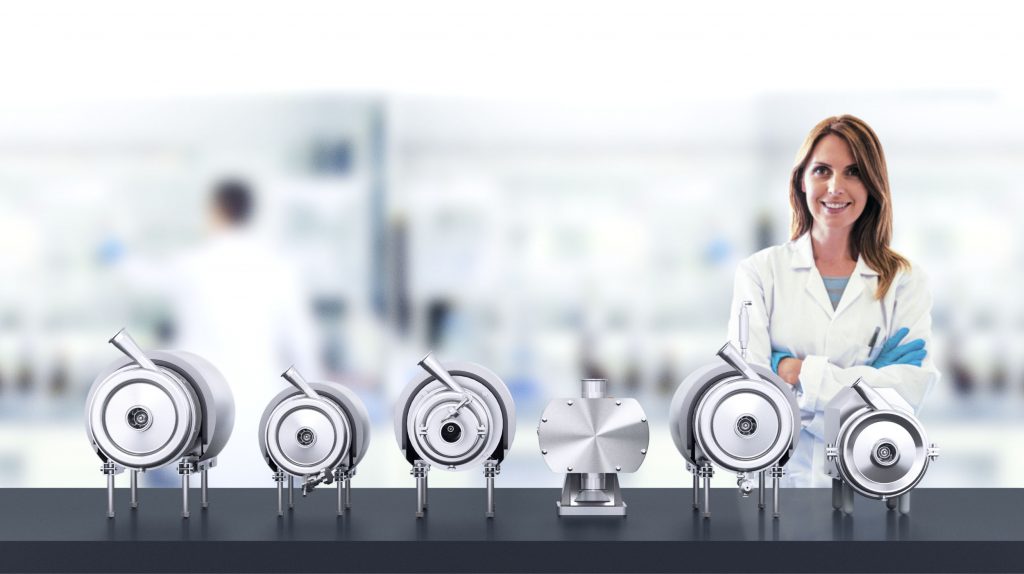
It could be argued that the pump is one of the most important inventions on the planet. In times of flood it is used to clear areas and homes; helping people to return to normality.
It is also essential for the supply of water from one place to another. Pumps are also essential for removingwaste and controlling the supply of chemicals in pharmaceutical environments. In short, creating efficient and effective pumps is an important industry.
That’s why you need to use a reputable supplier, such as truflopumps.com.au when looking for a new pump.
In fact, there are a variety of uses for pumps in both the world of pharmaceuticals and biotech but it is important to be aware that there are slight differences in the pumps.
Vacuum Pumps
There are actually 3 types of vacuum pumps that can be used by both the pharmaceutical and biotech industries.
These are known as positive displacement, momentum transfer or entrapment. You need to know the difference in order to choose the right pump.
- Positive Displacement
These work when a lever is moved to create a space inside the water chamber. This creates a partial vacuum which sucks the water through to where you want it to go. Returning the lever shrinks the chamber and stops the process.
It is possible to have a rotor inside the pump or even a diaphragm to change the size of the chamber and create the partial vacuum.
These are the most common types of pumps and the ones that you’ll find versions of in everyday items; such as your toilet cistern.
- Momentum Transfer
This type of pump is often referred to as a molecular pump. It works by using high speed jets of fluid or even rotating blades. These are pushed into a chamber forcing the air out and again creating a vacuum.
These types of pumps are often used by the pharmaceutical and biotech industries as they are very efficient and capable of dealing with dense liquids. You’ll often find them in conjunction with a displacement pump.
Centrifugal Pumps
The third type of vacuum pumps is the centrifugal; these can be made on a huge scale and are often found in the mining industries as well as pharmaceutical and biotech applications.
The pump works via a rotor which spins at high speed; forcing the fluid to the outer edges of the chamber and into pre-determined channels.
These pumps are capable of handling large volumes of liquid. They can even be designed to work I reverse; allowing the flow of water to actually create energy.
The Addition Of Digital
All of these pumps are very efficient but for them to be utilized by the various scientific industries they must have digital dosing built into them. This will ensure that the fluid which passes through them is exact; an important consideration when dealing with a variety of different scientific environments.
If you’re in the pharmaceutical or biotech industries it is important to get specialist advice before you commit to purchasing a pump; this will ensure you get the right one for your needs.
This is an article provided by our partners’ network. It might not necessarily reflect the views or opinions of our editorial team and management.
Contributed content
HedgeThink.com is the fund industry’s leading news, research and analysis source for individual and institutional accredited investors and professionals



































